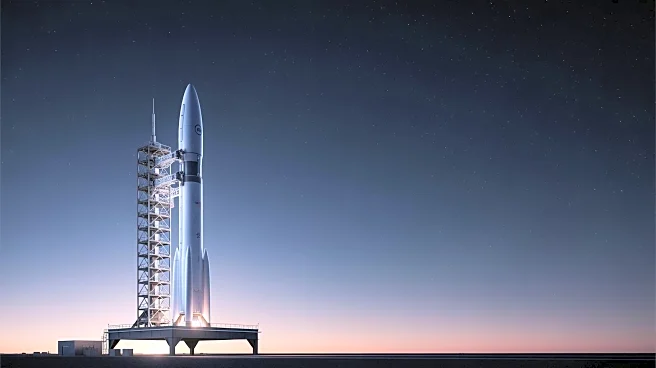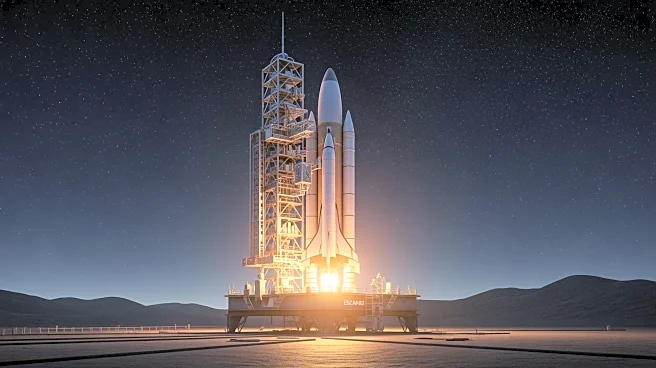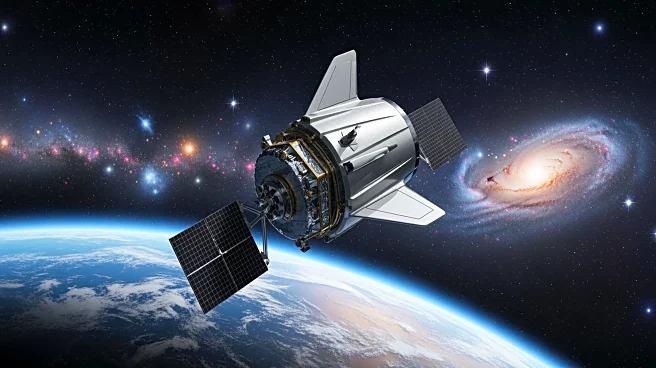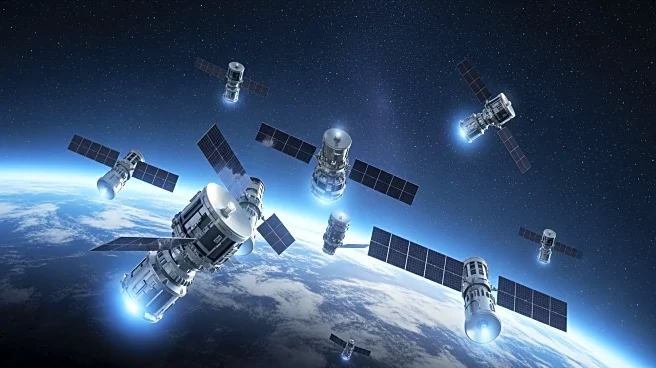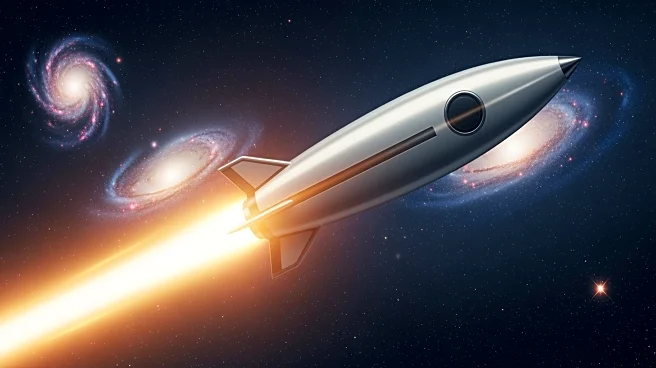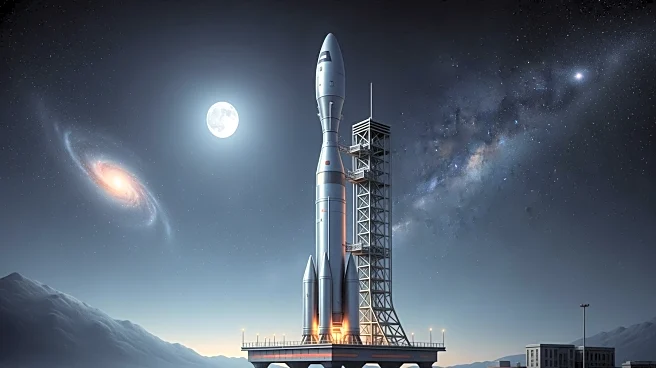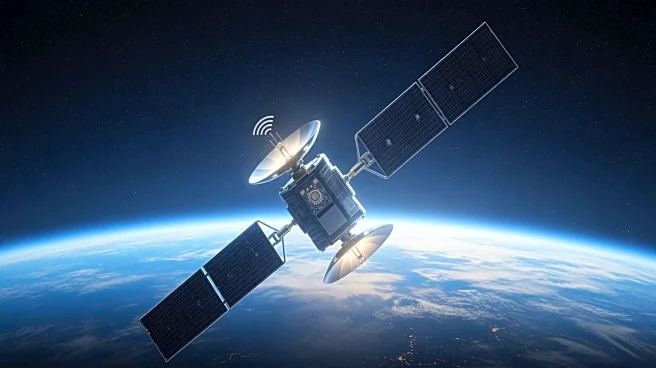What's Happening?
United Launch Alliance (ULA) is set to launch the ViaSat-3 F2 satellite using an Atlas V 551 rocket from Cape Canaveral Space Force Station. This satellite is part of a geostationary constellation designed to provide over a terabit per second of broadband
capacity globally. The launch follows a previous scrub due to a vent valve anomaly and aims to test corrective actions implemented after a major antenna failure in the first satellite of the constellation.
Why It's Important?
The successful deployment of the ViaSat-3 F2 satellite is crucial for expanding global internet services, particularly in remote and underserved areas. It represents a significant advancement in satellite technology, offering high-capacity broadband that can be directed to specific high-demand areas. This launch is pivotal for Viasat's strategy to compete with other satellite internet providers like SpaceX's Starlink, potentially impacting the telecommunications industry and internet accessibility worldwide.
What's Next?
Following the launch, the ViaSat-3 F2 satellite is expected to begin service over the Americas in early 2026. ULA and Viasat will monitor the satellite's performance closely, especially the deployable antenna reflector, to ensure it meets the expected capacity. The third satellite in the constellation, ViaSat-3 F3, is planned for launch next year, aiming to cover the Asia-Pacific region.


